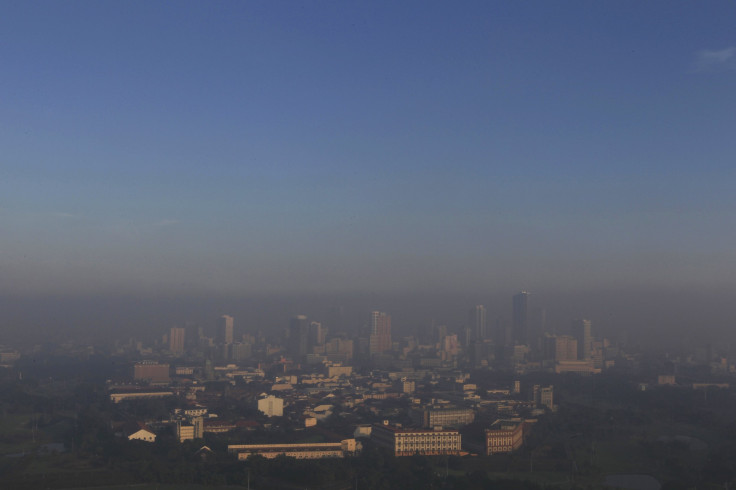Climate Change Could Cause 70% Increase In Unhealthy Summertime Ozone Level In US By 2050: Study

An increasing rate of climate change in the continental U.S. is likely to make it difficult to control ozone pollution across the region, meaning Americans could face the risk of a 70 percent increase in unhealthy summertime ozone level by 2050, according to a new study conducted by the National Center for Atmospheric Research, or NCAR.
The study, scheduled to be published this week in the Journal of Geophysical Research-Atmospheres, warns that unless emissions of specific pollutants associated with the formation of ozone are sharply cut, almost all of the continental U.S. will experience at least a few days with unhealthy air during the summers. Heavily polluted locations in parts of the East, Midwest and West Coast, in which ozone already frequently exceeds recommended levels, could face unhealthy air during most of the summer.
“It doesn’t matter where you are in the United States — climate change has the potential to make your air worse,” Gabriele Pfister, a scientist at NCAR and the study’s lead author, said in a statement. “A warming planet doesn’t just mean rising temperatures, it also means risking more summertime pollution and the health impacts that come with it.”
While ozone in the stratosphere benefits life on Earth by blocking ultraviolet radiation from the Sun, ground-level ozone can trigger a number of health issues, such as coughing and throat irritation to more serious problems including aggravation of asthma, bronchitis and emphysema. Ozone pollution also damages crops and other plants.
The researchers found that if emissions continue at the current rates the number of eight-hour periods in which ozone would exceed 75 parts per billion (ppb) would jump by 70 percent on average across the U.S. by 2050. The 75 ppb level over eight hours is the threshold, which is considered unhealthy by the Environmental Protection Agency.
According to the study, in 20150 ozone levels would range from 30 to 87 ppb some 90 percent of the time, compared with an estimated 31 to 79 ppb at present.
“Although the range itself shifts only slightly, the result is a much larger number of days above the threshold now considered unhealthy,” researchers said.
The study highlighted three primary reasons for the increase in ozone with climate change:
- Chemical reactions in the atmosphere that produce ozone occur more rapidly at higher temperatures.
- Plants emit more volatile organic compounds at higher temperatures, which can increase ozone formation if mixed with pollutants from human sources.
- Methane, which is increasing in the atmosphere, contributes to increased ozone globally and will enhance baseline levels of surface ozone across the U.S.
The researchers said that sharp reductions in nitrogen oxides and volatile organic compounds could reduce ozone pollution even as the climate warms. In fact, 90 percent of the time, ozone levels would range from 27 to 55 ppb. The number of instances when ozone pollution would exceed the 75 ppb level dropped to less than 1 percent of current cases.
“Our work confirms that reducing emissions of ozone precursors would have an enormous effect on the air we all breathe,” Pfister said.
© Copyright IBTimes 2024. All rights reserved.






















